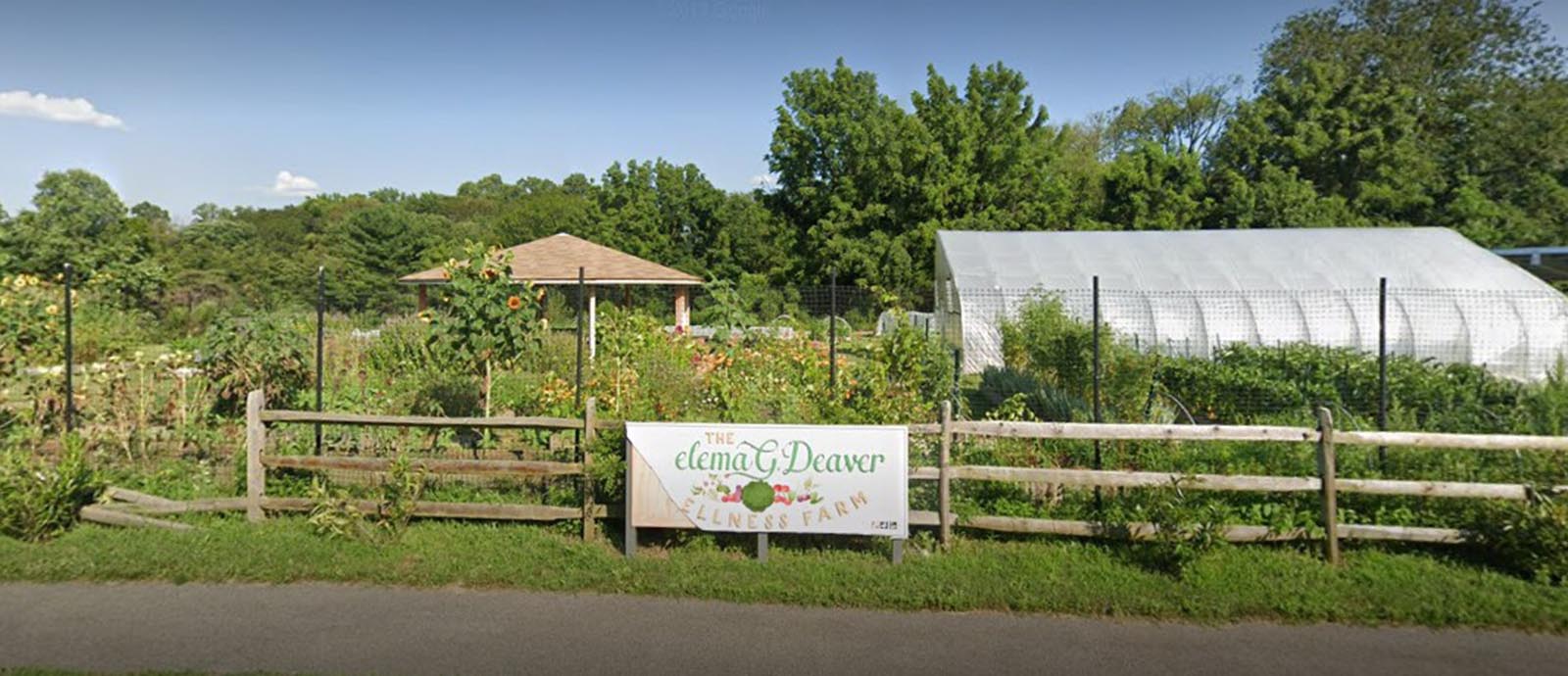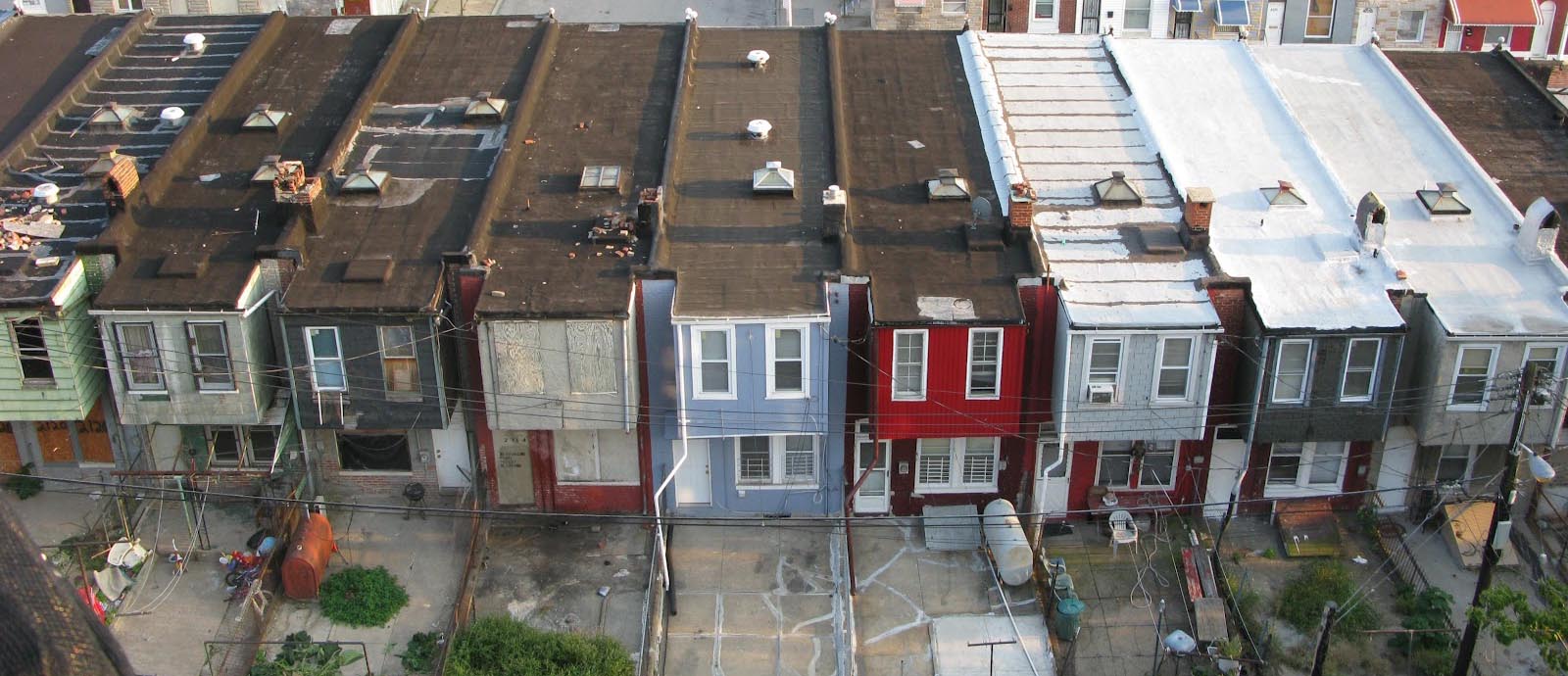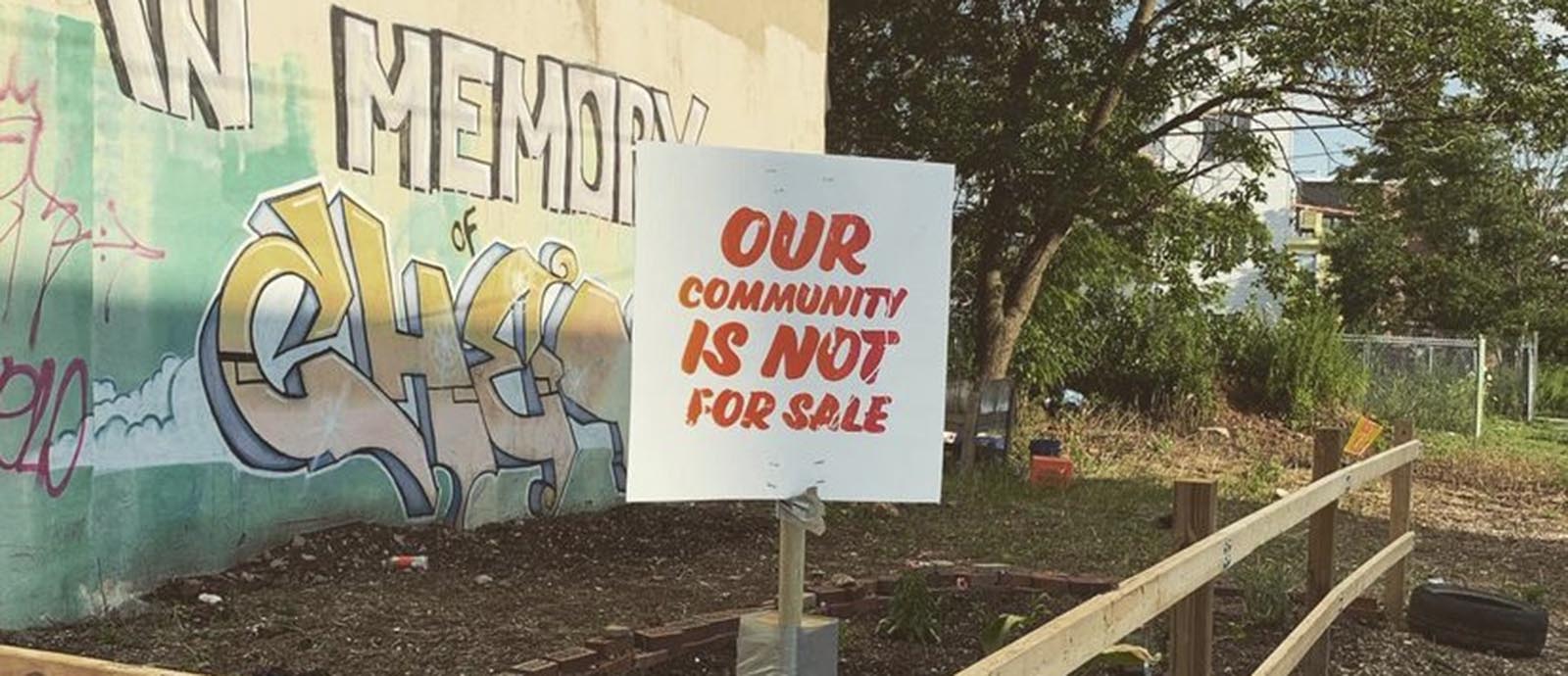As weather and temperatures become more severe, metropolitan areas are looking to innovate in order to assuage the negative health impacts that climate change will have on urban dwellers.
Community organizers have used a number of innovative approaches to mitigate those impacts, like green spaces which have been proven effective to bring a host of benefits in urban environments, including filtering the air and providing a place to exercise, socialize, and decompress. Early data also indicates that active green spaces can be a factor in helping reduce crime and create a sense of safety.
It has some municipalities rethinking their policies and plans. What innovations are on the urban horizon?
Here are a few urban green trends that you may hear more about in 2023.
 Park in a Truck
Park in a Truck
Community members work together to design a park in an abandoned urban lot. A flatbed truck delivers materials for their design, and the community installs their park. Options include a community-event space, vegetable garden, sanctuary garden, or a nature-based park. None of the designs are permanent in case the owners — city officials, community members, or developers — later want to use the land for other purposes. The model also trains teenagers in the neighborhood to serve as park ambassadors who care for the space and create programming for it. Russell McIntire, associate professor in the department of Community and Population Health, is working with the Park in a Truck initiative to measure the impact in and around the new green space to see if it helps reduce health disparities and improve the lives of individuals and neighborhoods
 Hospital Garden Breaks
Hospital Garden Breaks
While many hospitals have gardens for aesthetic purposes, not many are using gardens to promote the health of their patients or workers. As an epidemiologist, McIntire measures how our lifestyle and choices determine our health outcomes, specifically the development and management of disease. McIntire is working with Lankenau Hospital to evaluate whether the Deaver Wellness Farm, a half-acre farm on the hospital grounds, can improve health. This summer, McIntire rotated study participants on their breaks through three different environmental options: to work on the farm, relax on the farm, or sit inside a hospital break room. Participants reported how they felt before and after the break. The data he is analyzing now will help measure how the addition of nature therapy and horticulture therapy may impact the mental health of essential workers.
 White Roofs
White Roofs
Most people have heard of green roofs where plants help offset the impacts of climate change. Get ready for white roofs. While green roofs require modifications for water, drainage, and soil, white roofs are just a can of paint (and some skilled labor) away. Linchen He, assistant professor in the department of Community and Population Health, is collaborating with Johns Hopkins University and the City of Baltimore to transform the skyline by painting roofs white on 100 Baltimore rowhouses. Light-reflecting white roofs have been shown to be effective in reducing temperatures inside buildings and lowering urban air temperatures. Beyond climate improvements, he is hoping to see if white roofs will also impact health outcomes. Over five weeks as roofs are painted, his team will measure health prior to a white roof installation and after. The research group hypothesizes that it will result in lower indoor temperatures and ambient temperatures surrounding the houses, lower electricity bills, better sleep, and improve indoor air quality. Benefits may extend to a decrease in the risks of cardiopulmonary disease.
 Restorative Agriculture
Restorative Agriculture
When mobile vegetable markets and urban gardens became common nearly a decade ago, the people in urban food deserts often were not included in the design and implementation. That’s when nonprofits and funders had to rethink their approach. Having a garden (or distributing food) wasn’t enough. Building neighborhood relationships, supporting local networks, acknowledging the history and trauma tied to the land, learning indigenous growing practices, and planting crops that meet the needs of the community became crucial to long-term success. This is restorative agriculture. “All land has a history,” says Kate Jackson, assistant professor in the department of Community and Population Health. “Who can own it, and who can benefit from it.” In urban environments, redlining, disinvestment, and environmental injustice have historically affected the poor and people of color disproportionately. Communities across the country, including Bethlehem, have now begun to form environmental justice councils to take proactive steps to bring neighbors together to acknowledge, heal, and work together to use urban gardens to build better health and equity.